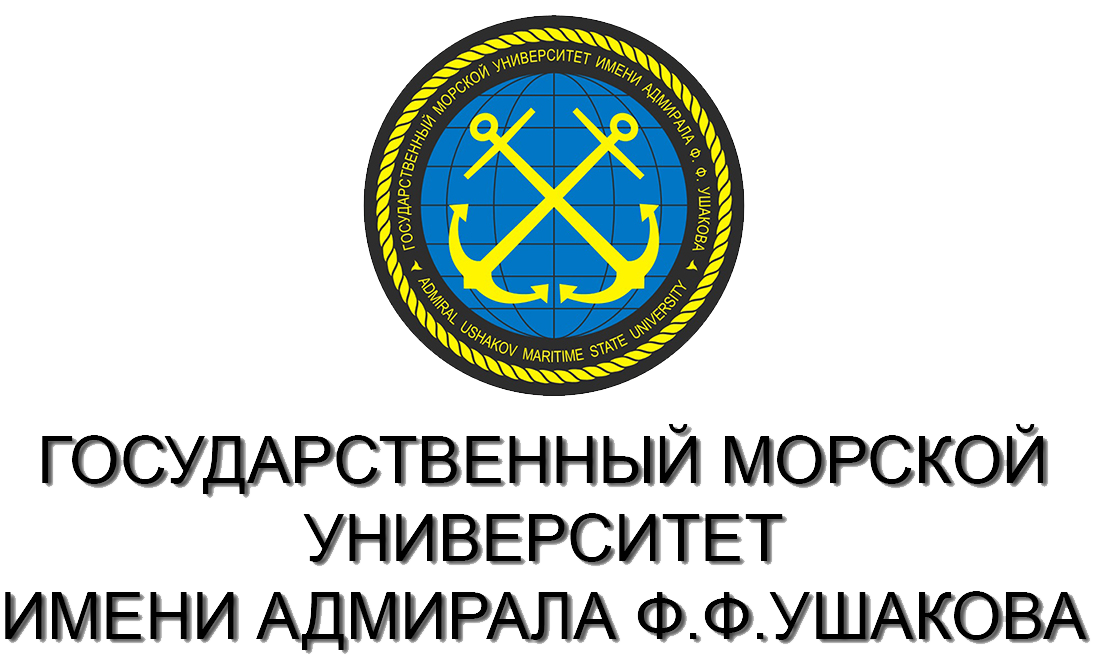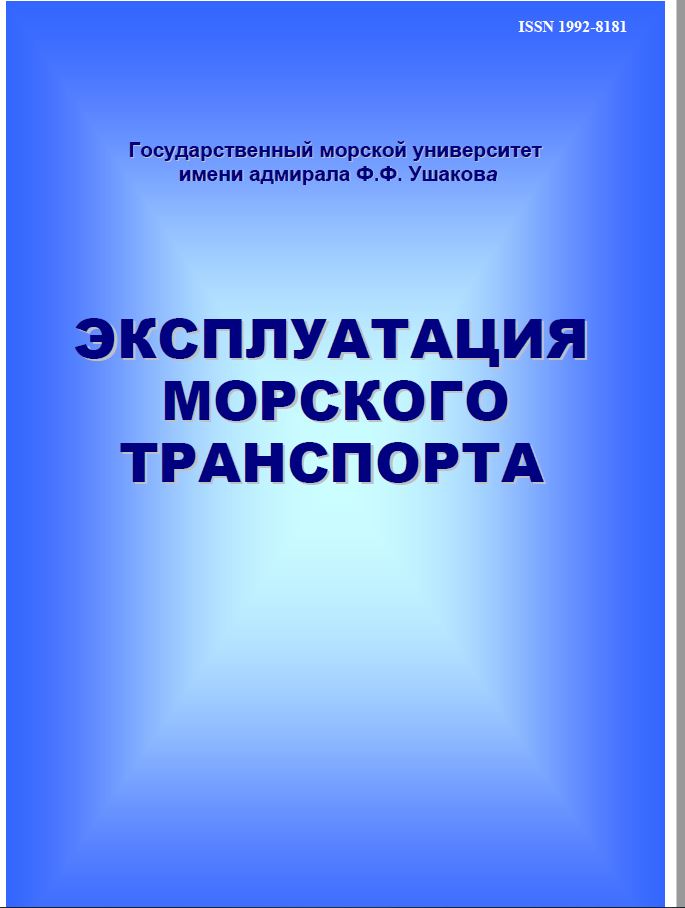The article discusses the use of the Kronecker product (KP) to improve the efficiency of cryptographic algorithms. The formation of large matrices with specified properties using KP of small matrices can be used in the development of new block cryptographic algorithms that use matrices with the following properties: orthogonal (unitary), invertible, involutive. Hill cipher modifications with a plaintext key matrix, T = 2K bytes, represented as a Kronecker product of К invertible elementary matrices (IEM), are considered in a number of works. They have quadratic computational complexity O(T2). We propose modifications of the Hill cipher based on KP where the matrix of keys of a quadratic size is not actually calculated. Instead, IEMs are iteratively multiplied by the plaintext in О (Tlog2 T) time and need linear memory complexity. The estimation of the encryption time for such modified algorithms is similar to the estimation of the AES and RC4 ciphers.
Kronecker product, Hill cipher, one-time cipher, invertible elementary matrix
1. S. F. Van Loan. The ubiquitous Kronecker product. Journal of Computational and Applied Mathematics, 123, 2000, p. 85-100.
2. C. Koukouvinos, E. Lappas, D. E. Simos. Encryption schemes using orthogonal arrays, Journal of Discrete Mathematical Sciences & Cryptography, 12 (5), 2009, pp. 615-628.
3. Alexander Chefranov, Evgeny Dukhnich. One-Time Kronecker Product-Based Hill Cipher Modification. International Journal of Information Assurance and Security (JIAS), V.12, N3, 2017, pp.94-103.
4. Duhnich E.I., Shapel' A.P. Effektivnyy metod formirovaniya involyutivnyh matric dlya modificirovannogo shifra Hilla// Materialy Nacional'noy konferencii «Nauchno-tehnicheskie, ekonomicheskie i pravovye aspekty razvitiya transportnogo kompleksa»,-2019- ch.1- S.71-72.
5. Alexander Chefranov, Evgeny Dukhnich, Alexander Shapel. One-Time Involutory Matrix-Based Hill Cipher Modification. International Journal of Information Assurance and Security (HAS), V.I5, N4, 2020, pp.165-174.











